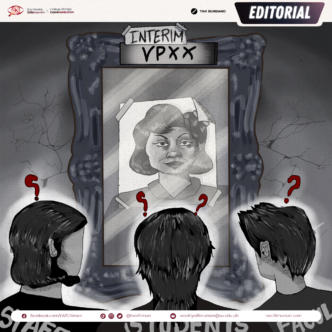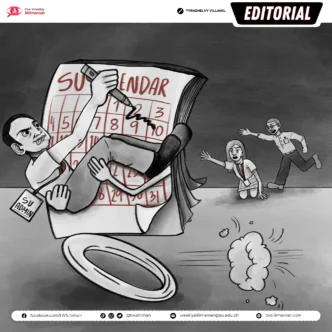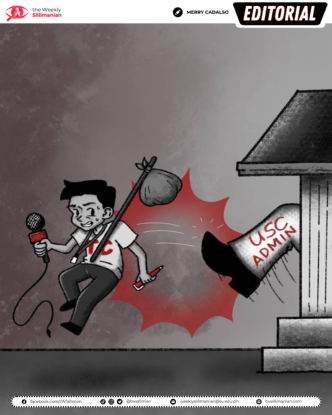By the Weekly Sillimanian
An efficient workflow is the backbone of any institution, yet Silliman University’s (SU) requisition process may be hindering, rather than helping, its students. For a private institution, this extensive bureaucratic procedure has proven to be time-consuming, slowing operations and needing a student-friendly approach.
A single requisition form needing signatures from both the Vice President for Academic Affairs and Research (VPAAR) and the Assistant VPAA (AVPAA) poses an inefficient organizational workflow.
Prior to the administrative restructuring, the VPAAR, formerly known as VPAA, was not required to sign off on requisition forms—at least based on the Weekly Sillimanian’s (tWS) previous experiences. In our case, approval only involved the University Publication Committee through the Office of Media and Public Affairs, followed by authorization from the accounting and budget officers. The only time the publication asked for VPAA’s approval, handled by Dr. Earl Jude Cleope, was during our participation in the University of Santo Tomas’ 25th Inkblots, an annual student media conference.
Many students, especially members of the SU Student Government, process several requisition forms each year. The student body organization that often holds events must complete the required paperwork to access school facilities. However, visiting multiple offices across the large campus can be exhausting, only for students to wait for about a two to three-day delay at the VPAAR office.
With the updated procedure, it takes considerable time and effort to complete the form. While it is understandable that the form shall undergo careful deliberation by the business administration since it involves institutional funds that primarily come from student contributions, the extended approval chain has added complexity to obtaining necessary authorizations rather than offering a smoother workflow. Even for requests as small as the office water supply, the VPAAR and AVPAA had to be notified.
tWS urges the SU Administration to decentralize decision-making by entrusting authority to lower-level offices. This way, we can eliminate the need for higher-level approval, thereby reducing delays and allowing office representatives to respond promptly to the student’s needs, as they are directly involved in the process.
Furthermore, tWS calls on the administration to consider reviewing and updating this new system to ensure it remains efficient and capable of minimizing delays in organizational operations.












